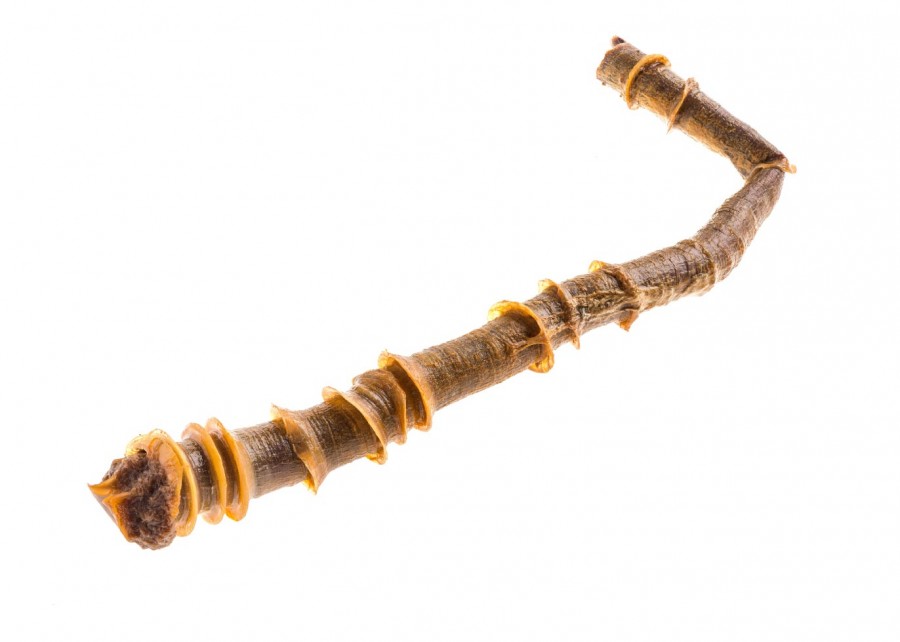Hot Vent Tubeworm
- Date:
- Record:
- 2014.104
- Scientific Name:
- Ridgeia piscesae
This specimen came from the Endeavour segment of the Juan de Fuca Ridge, deep in the sea 300 km off the coast of BC. Along this ridge, superheated, sulfur-rich water emerges from beneath the Earth’s crust to mix with cold ocean water, producing “black smokers” from active, spreading centres.
In this hostile environment, Hot Vent Tubeworms thrive, forming extensive clumps, which in turn provide structure for other hot-vent species, including scale worms, limpets, and spider crabs. To survive, these tubeworms host symbiotic bacteria that convert the sulfides into food through a process known as chemosynthesis.
Despite extreme conditions, hydrothermal vents are biological hotspots compared with adjacent deep-sea environments. But only “extremophile” species specially adapted to this unique habitat are able to survive.
